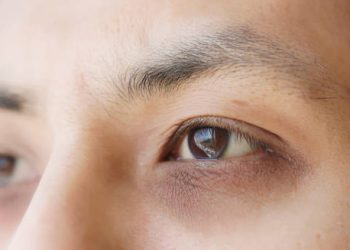Diagnosis of Erythema Multiforme
The diagnosis of erythema multiforme is usually made based on clinical appearance, particularly the presence of characteristic target lesions. Since erythema multiforme can resemble other skin conditions, especially in its more severe forms, accurate diagnosis is important to guide treatment and rule out life-threatening conditions like Stevens-Johnson syndrome (SJS).
Clinical Examination
Doctors begin by examining:
The shape and distribution of lesions
Whether the mucous membranes are affected
The symmetry of the rash
Presence of blisters or crusting
Any signs of systemic illness such as fever or malaise
The presence of target lesions on the extremities, especially if symmetrical, strongly suggests erythema multiforme minor. If mouth, eye, or genital ulcers are involved, erythema multiforme major may be diagnosed.
Patient History
A thorough medical history helps identify potential triggers. Doctors ask about:
Recent infections (especially herpes or chest infections)
Medication use
Vaccinations
Previous similar skin reactions
Chronic illnesses, especially autoimmune or immune-compromised conditions
This helps pinpoint the most likely cause and decide whether treatment should include antivirals, antibiotics, or drug discontinuation.
Laboratory Tests
Blood tests may include:
Complete blood count (CBC) – to check for infection or inflammation
Liver and kidney function tests – if medication reaction is suspected
HSV serology – in recurrent cases, to confirm herpes as the trigger
Chest X-ray – if Mycoplasma pneumoniae is suspected
These tests are not always necessary but may support the diagnosis in unclear or severe cases.
Skin Biopsy
In uncertain or severe cases, a skin biopsy may be done. A small sample of affected skin is examined under a microscope. This helps distinguish erythema multiforme from other serious skin conditions like:
Stevens-Johnson syndrome
Bullous pemphigoid
Fixed drug eruptions
Lupus erythematosus
A biopsy is particularly important in patients with extensive blistering, systemic illness, or suspected drug reaction.
Diagnosis of Erythema Multiforme In South Africa
In South Africa, many diagnoses are made clinically, especially in rural areas where access to dermatologists or biopsy facilities is limited. Training primary care staff to recognise the condition and refer serious cases improves outcomes.
The diagnosis of erythema multiforme relies on accurate pattern recognition and a good clinical history. Early identification allows for symptom control and prevention of recurrence.
[Next: Treatment of Erythema Multiforme →]


